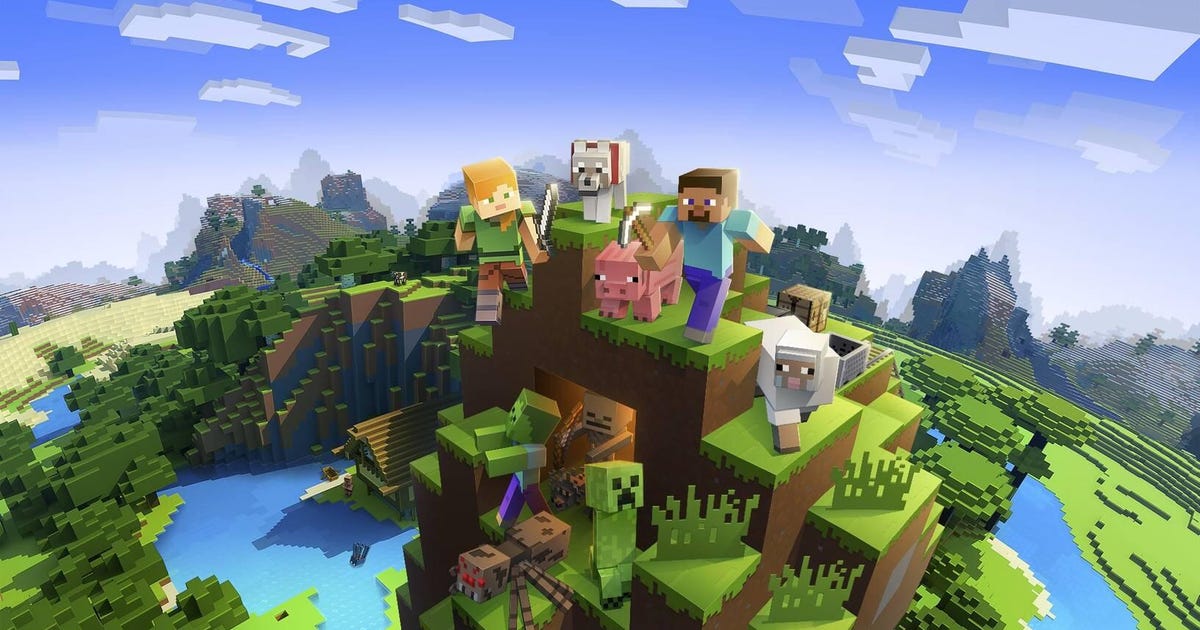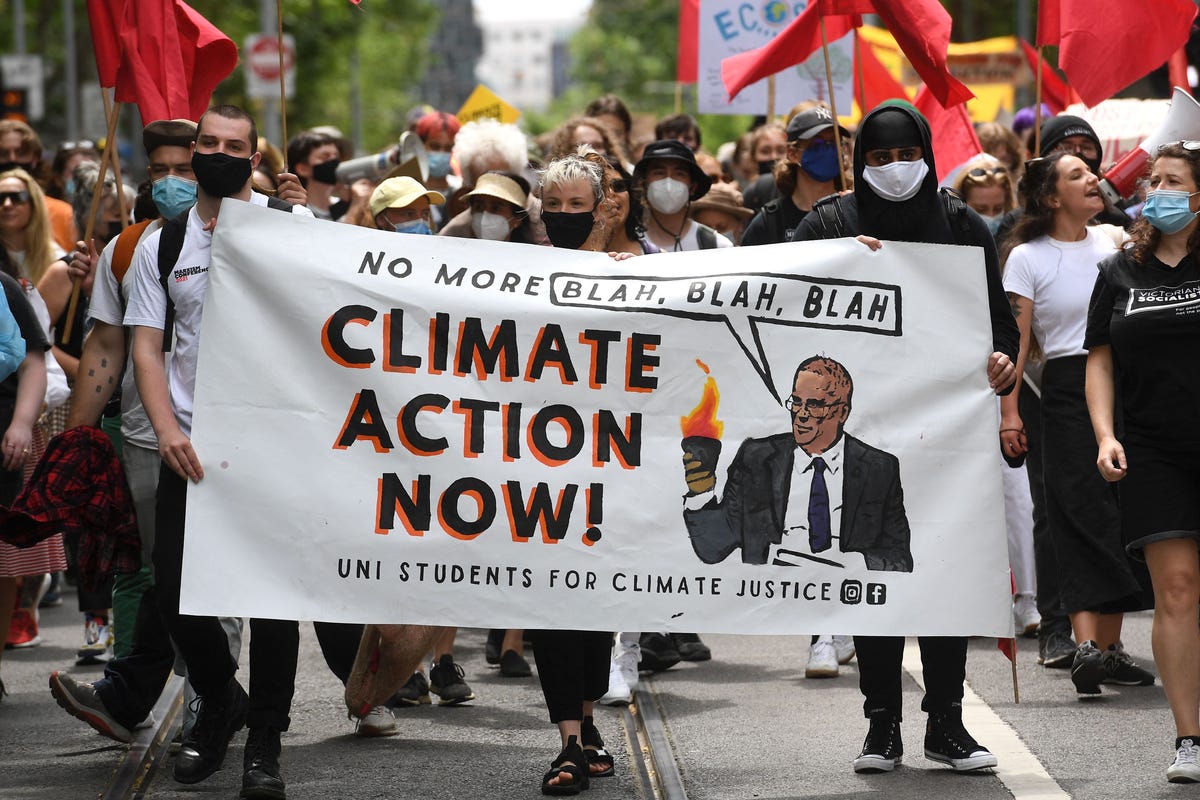How the mining industry is using minecraft to get into kids toys how the mining industry is using minecraft to get into kids clothes how the mining industry is using minecraft worldedit how the mining industry is the key how the mining industry is the twin how to get into the mining industry how the minecraft tryhard expects u to react how the minecraft loom works heat pumps how they work

How the mining industry is using Minecraft to get into kids' heads
In the UK, "Tufty" the squirrel taught kids about road safety. In the US, McGruff the Crime Dog encouraged children to "take a bite out of crime" by locking their doors.
Cute mascots have always been useful educational tools, teaching life skills in an easily digestible manner. But in 2014, children in the Mackay region of Queensland, Australia, were confronted by an eldritch horror abomination of a mascot: Hector, the human-size lump of coal.
Hector, with his hard hat, yellow hi-vis and gap-toothed smile, was the brainchild of Dalrymple Bay Coal Terminal, a company responsible for exporting 60 million tons of Australian coal in 2013.
Hector attended sports events and visited schools and libraries like regular mascots. He also had his own TV slot on one of Australia's major free-to-air stations, teaching kids how to save energy, water and -- crucially -- how to most effectively brush their teeth.
He was part of an attempt by the mining industry to weave itself into the consciousness of school children in Queensland, a state with a mining industry worth nearly $28 billion. School trips, sponsorship of local sports teams, after-school programs... the mining industry has tried it all. The short-term goal is branding, but the mining industry was also playing the long game: Children who grew up brushing their teeth with Hector the lump of coal could end up working in the mining industry.
But nowadays, mascots aren't going to cut it. Thanks to a growing resentment of the fossil fuel industry and its part in the climate crisis, the mining industry is in the throes of a potentially damaging labor shortage.
A younger generation of students, inspired by Greta Thunberg, are pounding the pavement in school strikes. In October, more than 3,000 students marched for the cause in Brisbane, Queensland's capital city. These young people don't want to work for industries they believe contribute to one of the planet's biggest existential threats.
"The youth climate movement is very genuinely freaking out the fossil fuel industry in Australia," says climate analyst Ketan Joshi.
The mining industry's solution? Video games.
Starting this year, the Minerals Council of Australia -- the mouthpiece for the mining industry in Australia -- has gotten into video games. In August, it announced two games designed and built for the school curriculum. Games designed to "build awareness of opportunities in the modern technology-driven Australian minerals industry."
"We are unashamed of our ambition to employ more Australians and promote careers in mining to all Australians," Tania Constable, CEO of the Minerals Council, said in a statement sent to CNET. She said the Australian mining industry employed 256,000 people, with wages 54% higher than the industry average.
Supported by Australian mining company BHP, one of the planet's biggest polluters, with 9.8 billion tons of carbon dioxide emitted since 1965, a pilot program using these games is running in 57 primary and secondary schools across Australia. BHP didn't respond to multiple requests for comment.
The effort is more subtle than an adult-size lump of coal in a hard hat, but the goal is the same: Embed the mining industry in the minds of children as early as possible and potentially plant the seeds of skills required to counter an ever-expanding labor shortage.
Others believe it's the proverbial canary in the coal mine. A last-gasp gambit to convince a growing generation of young people that the mining industry has any part to play in a future where limiting the effects of climate change is top priority.
Old as Dirt
Google any derivative of "mining + young people" and you'll be bombarded with think piece after think piece, reflecting an anxiety surrounding a looming skills shortage in the mining industry.
"Young people increasingly don't believe fossil fuels are part of their future," Ian Davies, director of the Australian Petroleum Production and Exploration Association and CEO of Senex Energy, said at a conference in 2019.
And he's right.
A recent survey by the Red Cross indicated that 80% of people ages 10 to 24 were either concerned or extremely concerned about the threat of climate change. When asked for potential solutions, transitioning from fossil fuels to clean energy was top of the list. In a recent poll by the UN, 69% of people ages 14 to 18 agreed that climate change is a global emergency. One global study reported that two-thirds of young people reported feeling sad, anxious and afraid about climate change.

A climate protest, in Melbourne, in November while the COP26 conference was taking place.
William West/AFP via Getty ImagesIn other words, children and teenagers have developed an increasingly negative perception of mining, particularly when it comes to coal or any type of fossil fuel. To the next generation of young people coming into the workforce, the industry is part of the problem.
The mining industry is hoping video games can sway the tide. Two games, to be precise.
The first is Resource, Respond, Rescue, a game built using the Minecraft Education Edition platform, targeting 11- to 12-year-olds. The second is Old as Dirt, a game designed to explain the "pit to port journey of iron ore" to 13- to 14-year-olds in high school.
(Microsoft, which purchased the Minecraft intellectual property for $2.5 billion in 2014, declined to comment on this story.)
Should industry bodies like the Minerals Council of Australia have this kind of access to children through the school curriculum? Jeremy Moss, a professor at UNSW Sydney and a co-author of the book Climate Justice and Non-State Actors, says no. He believes campaigns like this are "egregious."
"I really don't think the education department should be approving this kind of thing," he says.
'I don't think this is about STEM'
When reached for comment, education departments across Australia were mostly tight-lipped. The ones that did respond spoke not of promoting mining, but science and engineering.
"We are supportive of schools using programs that encourage students to take an interest in STEM subjects from an early age," says Martin Clery, executive director of statewide services in Western Australia's Department of Education.
School staff made decisions about the resources used in teaching and used tools and programs that best suit the needs of their students, he says.
The Minerals Council used similar language, stating that its ultimate goal was the promotion of STEM subjects in schools across Australia.

Minecraft, one of the most popular video games ever made, is used extensively in education.
Mojang"It is hoped that students will select STEM subjects in later years of study to preserve pathways to high-paying and highly secure STEM careers," says Constable, the Mineral Council's CEO.
Moss thinks otherwise. He says projects like this have little to do with the promotion of STEM and everything to do with the promotion of the mining industry, which is in increasingly desperate need of future employees.
"Last time I checked, they already taught science and maths at school," he says. "And I'm sure they already do a good job.
"I don't think this is about STEM. This is really about promoting the mining industry."
Documents reviewed by CNET show the mining industry is wrestling with a problematic labor shortage. Young people are showing less and less interest in mining as a career path. The number of graduates in mining engineering subjects has declined from a high of 333 in 2015 to 104 in 2020.
In a submission to an Australian curriculum review in July, the MCA openly railed against proposed changes to the Earth sciences curricula it believed would impact "the future success of the minerals sector."
In that document, it revealed plans to fund video games designed for Australian schools to help stem the tide and, in the long term, drive university graduates back to mining. It openly discussed a strategy that involved school trips to mines to "demonstrate the contribution of the resources sector to the Australian economy, local communities, and the importance of extracted minerals to everyday life."
According to Ketan Joshi, the climate analyst, initiatives like these are absolutely about fixing the skills shortage. "Graduates from fossil fuel-focused subjects are dropping, and they are desperate to try and reverse this," Joshi says.
But even if students study the relevant subjects required to fill the skills gap, young people simply don't want to work in the fossil fuels industry.
"Teenagers nowadays want to work in tech," says Dan Gocher, director of climate and environment for the Australasian Centre for Corporate Responsibility. "It's just more exciting."
'Don't be scared'

Scott Morrison, the prime minster of Australia, has been a huge target for young protesters.
William West/AFP via Getty ImagesWhen it comes to the fossil fuel industry, Australia isn't necessarily like other countries.
This is a country where the prime minister, Scott Morrison, once brought a literal lump of coal into Parliament and waved it at fellow members, proclaiming "don't be scared."
A country where Gina Reinhardt, a mining magnate and Australia's richest woman, with an estimated wealth of $22 billion, can make speeches at Australian schools and tell students to guard themselves against the "propaganda" of climate change.
A country where Morrison's chief of staff is John Kunkel, formerly the deputy CEO of the Minerals Council of Australia. The same Minerals Council that's funded, developed and created mining-focused video games for the Australian school curriculum.
In Australia, the government and the mining industry are uniquely connected in multiple problematic ways. From 1999 to 2019, Moss said, the mining industry donated over $130 million to Australian political parties.
"These groups not only donate substantial funds to political parties, but there is also a revolving door of appointments," Moss says.
"If I was the Minerals Council and someone asked me, 'Am I happy with the representation of the mining industry in government?' I would be delighted. I would be orgasmic."
After the COP26 climate conference in Glasgow, Scotland, in November, when China and India controversially forced a coal-related language change from "phase out" to "phase down," elected representative Matt Canavan -- whose Twitter profile features a photo of his face smeared with coal -- appeared on national television, in front of a screen saying "GLASGOW: A HUGE WIN FOR COAL."
He called the language change a "green light" for Australia to build "more coal mines."
In the context of Australia's inextricable links between the mining industry and government, do video games even matter? Not really, says Gocher, from the Australasian Centre for Corporate Responsibility. The ease with which the Minerals Council was able to inject video games it funded into the school curriculum is the real issue. And that issue has deep roots in the foundational culture of Australia as a nation.
"That's more dangerous than the Minecraft stuff," he says.
Ultimately, both Gocher and Moss are optimistic. Not because of the situation, not because of the minor progress made at conferences like COP26, but because of the resilience of the audience the Minerals Council of Australia is targeting with these video games. Both were resolute: Regardless of any efforts to sway public opinion, the next generation of workers is far too savvy and too invested in the future well-being of this planet to be impacted by something as simple as a video game.
"I don't think it'll work," Moss says. "I think it's a rather desperate attempt to change the overwhelmingly negative perception of the fossil fuels section of the mining industry.
"That is something that, really, they're fighting an uphill battle against."
Source



